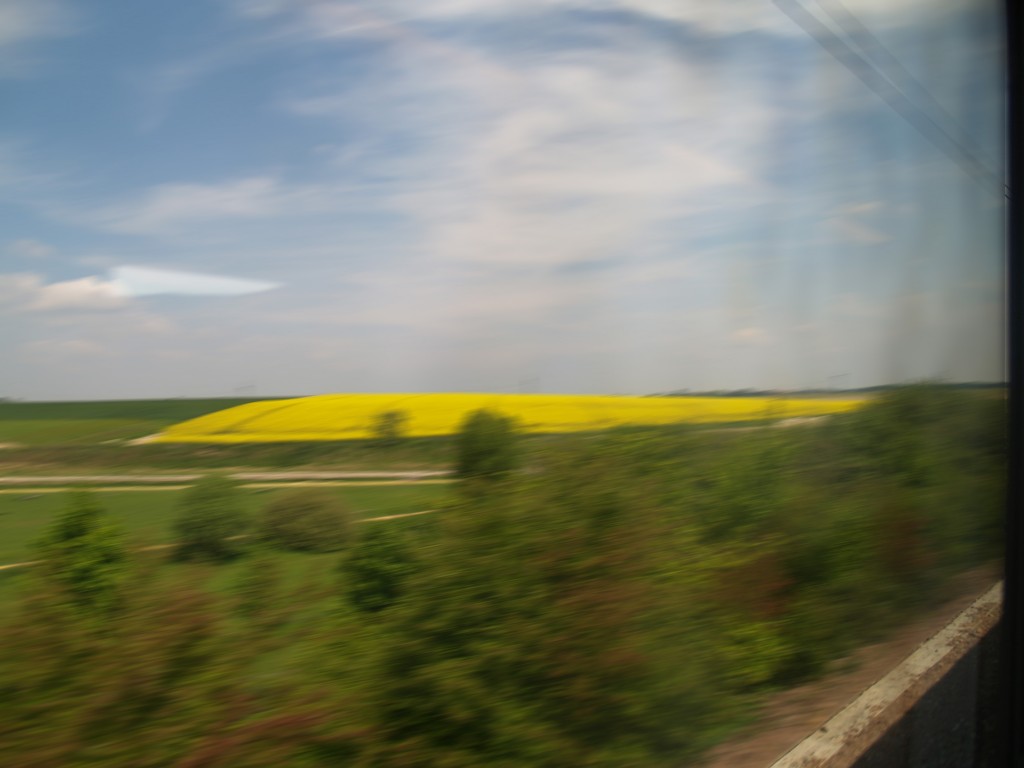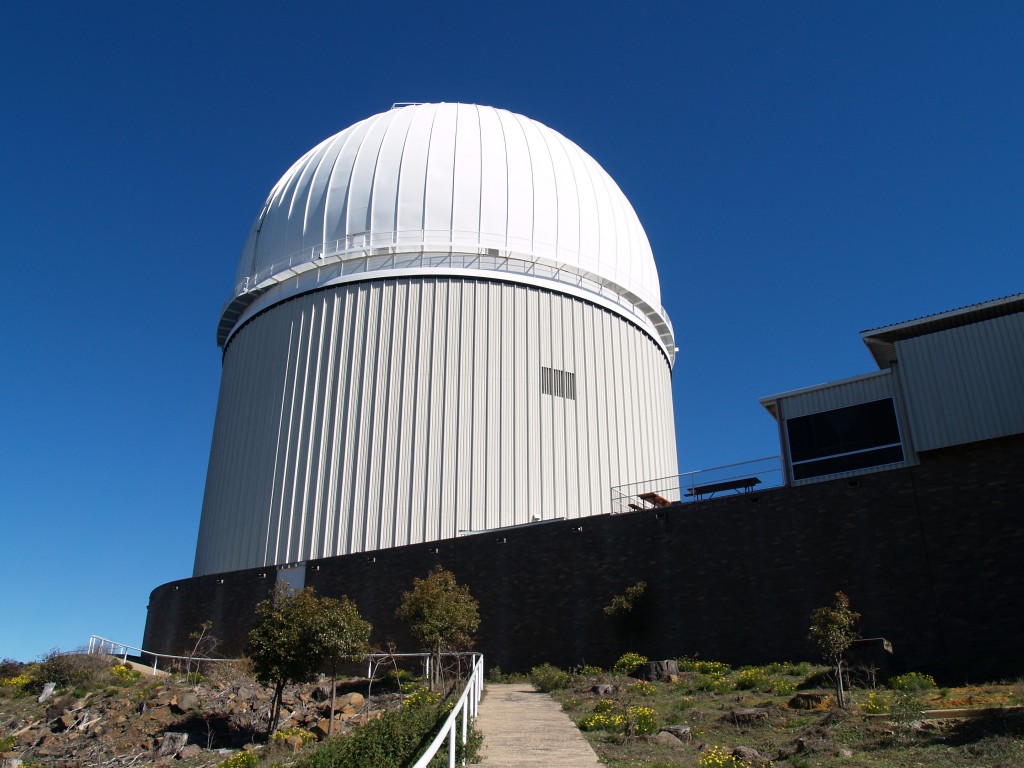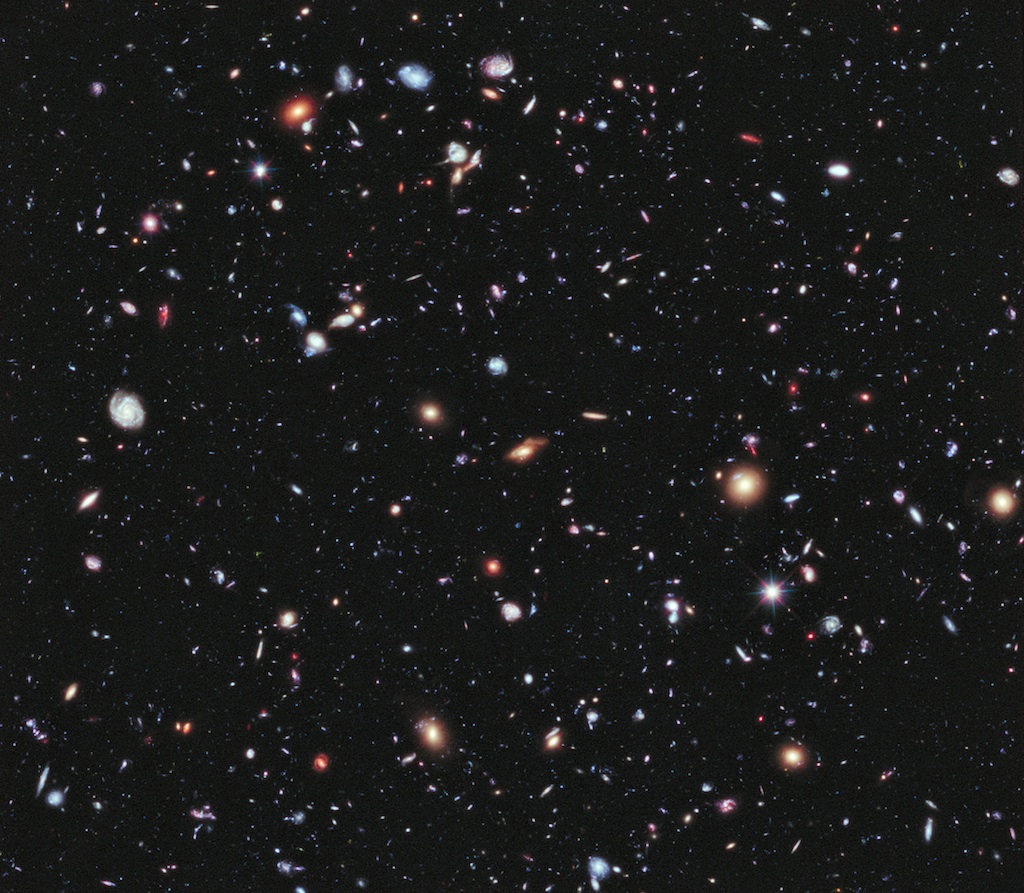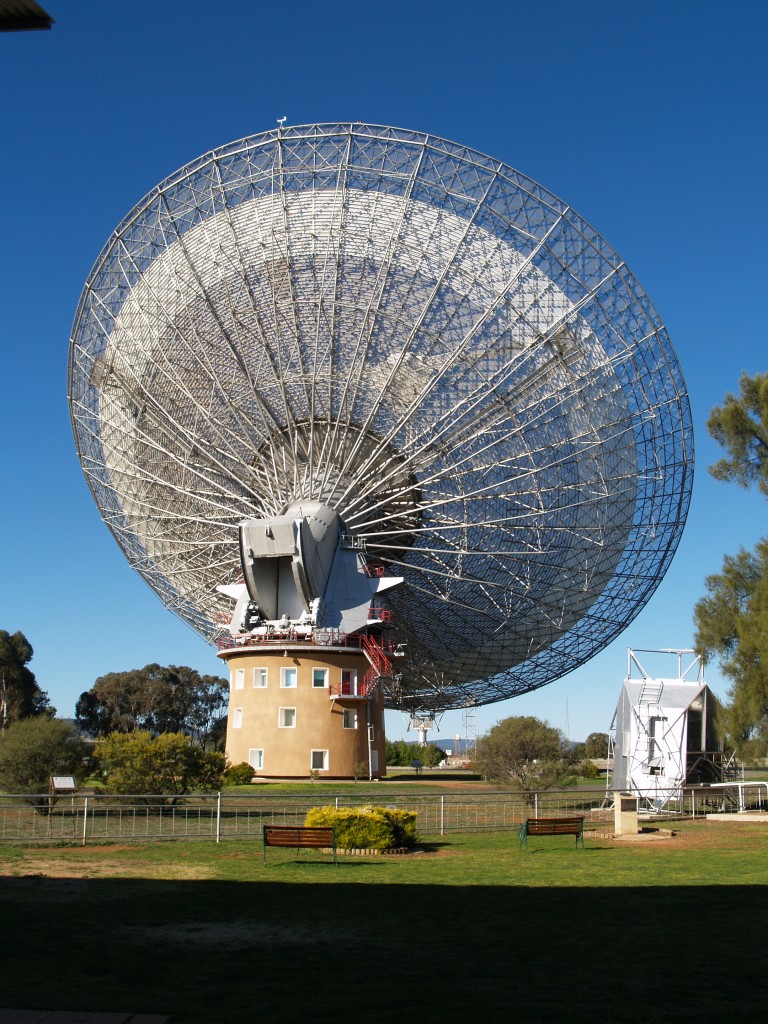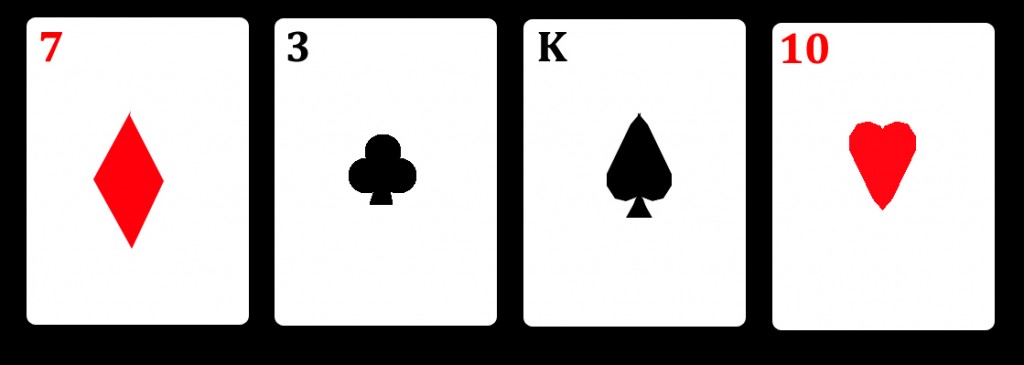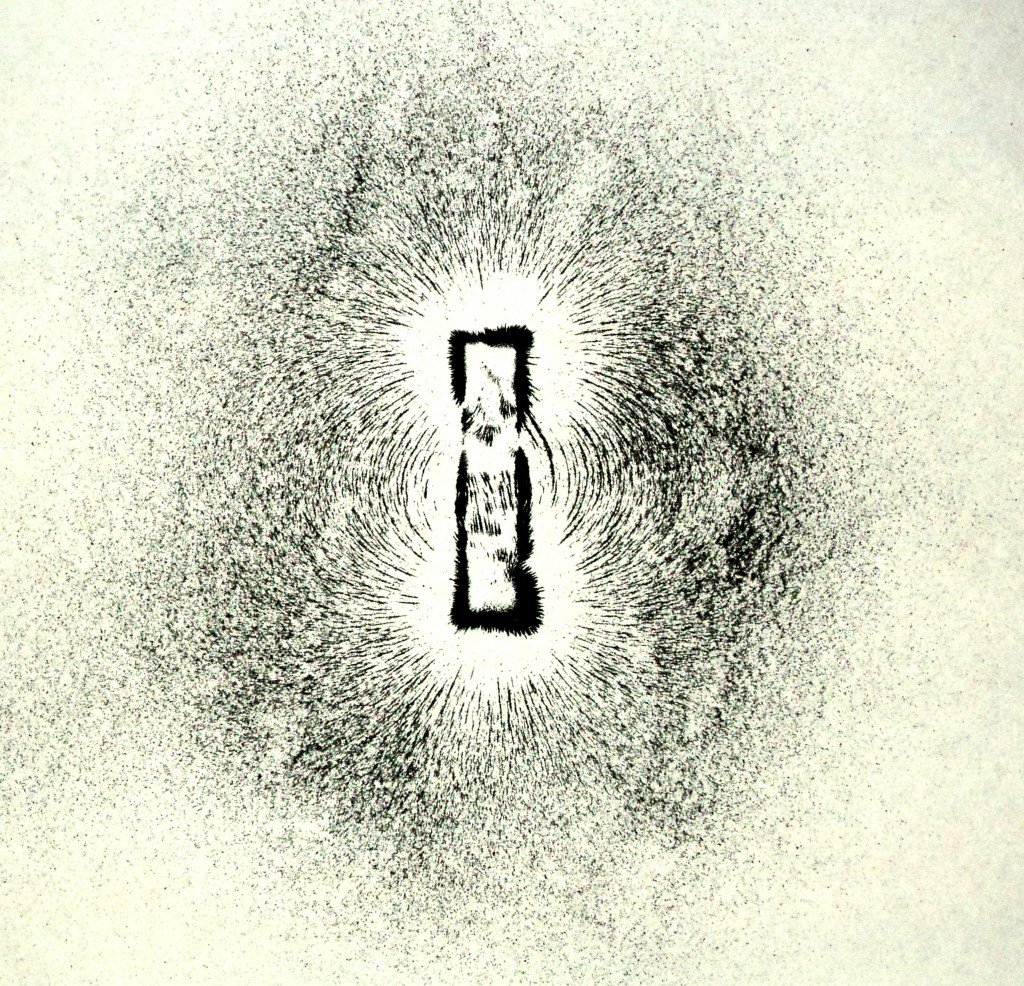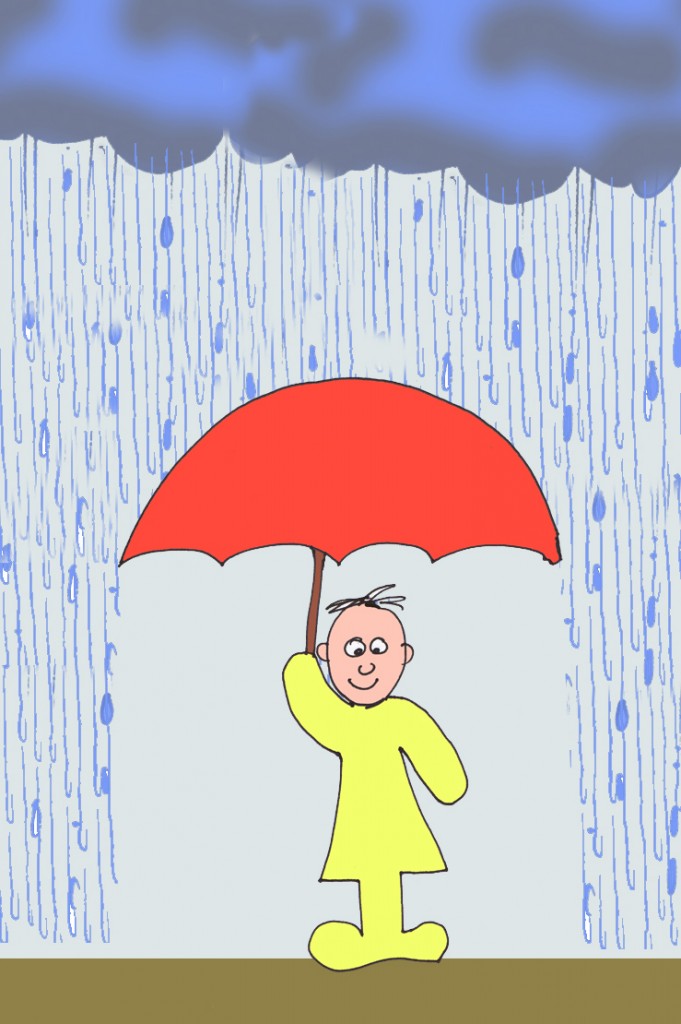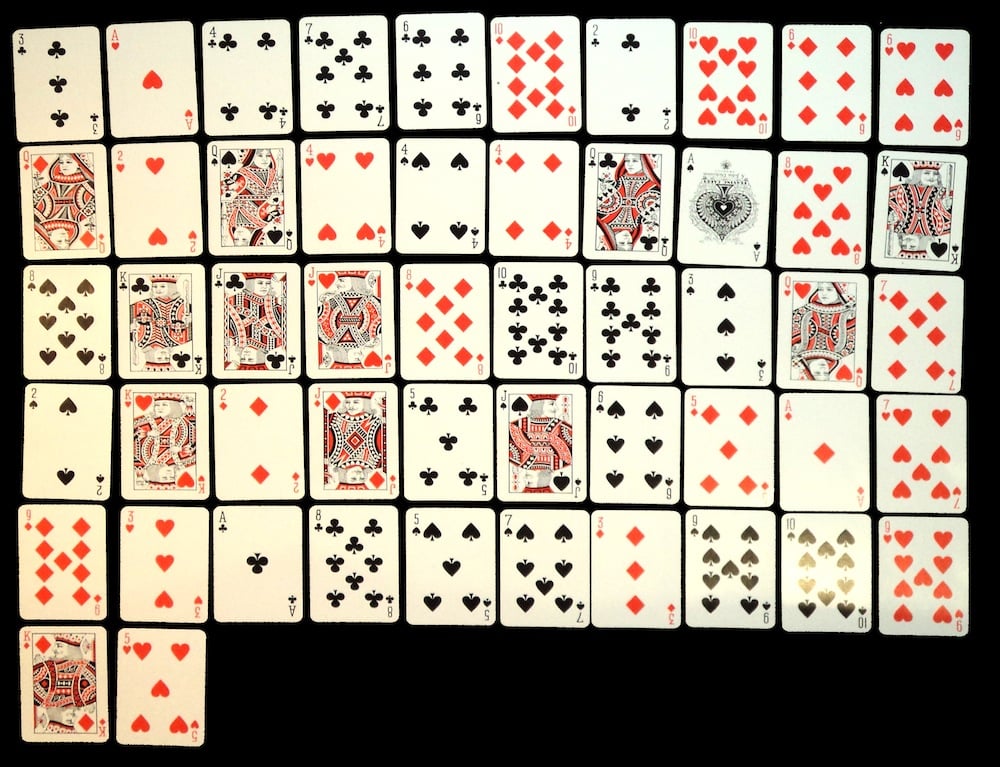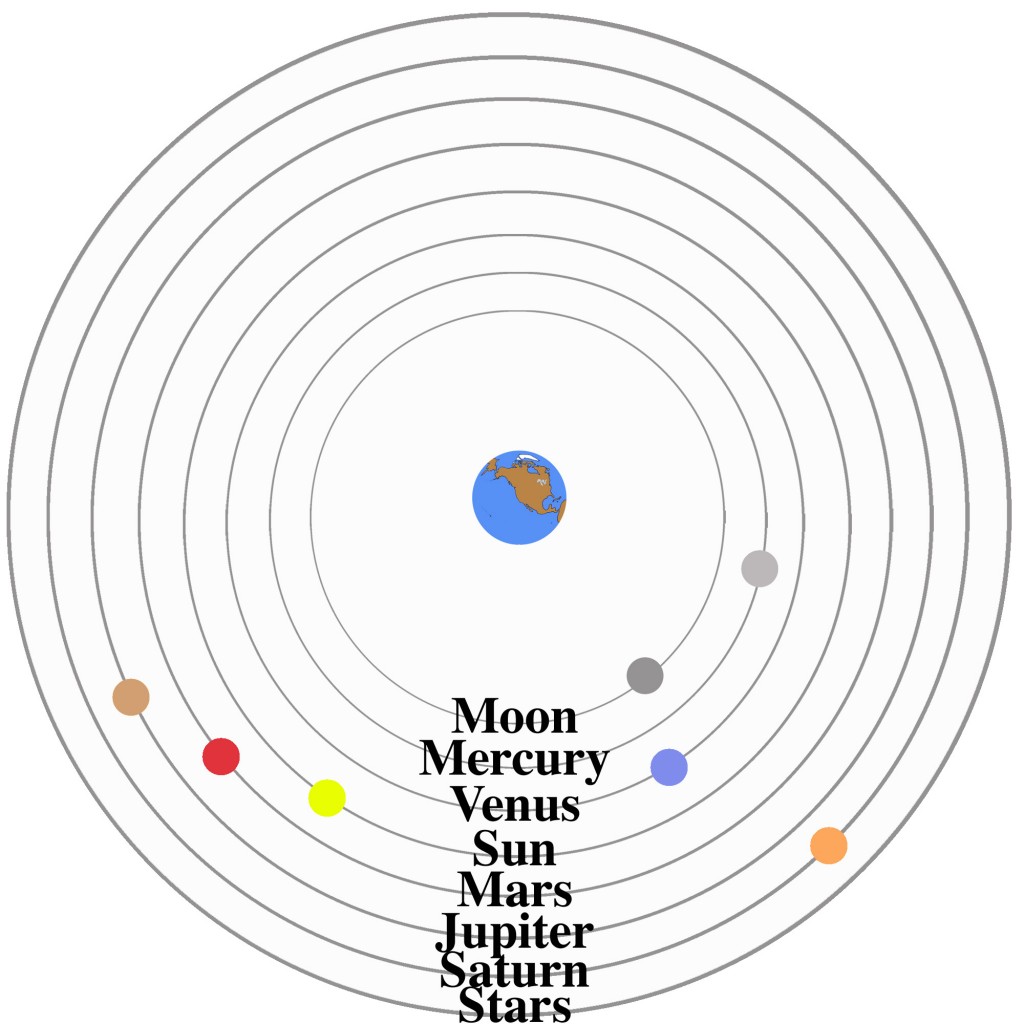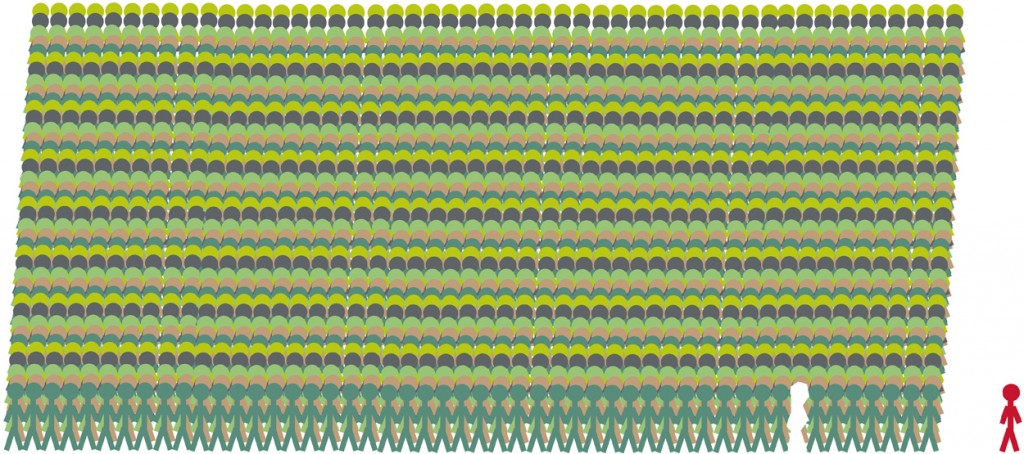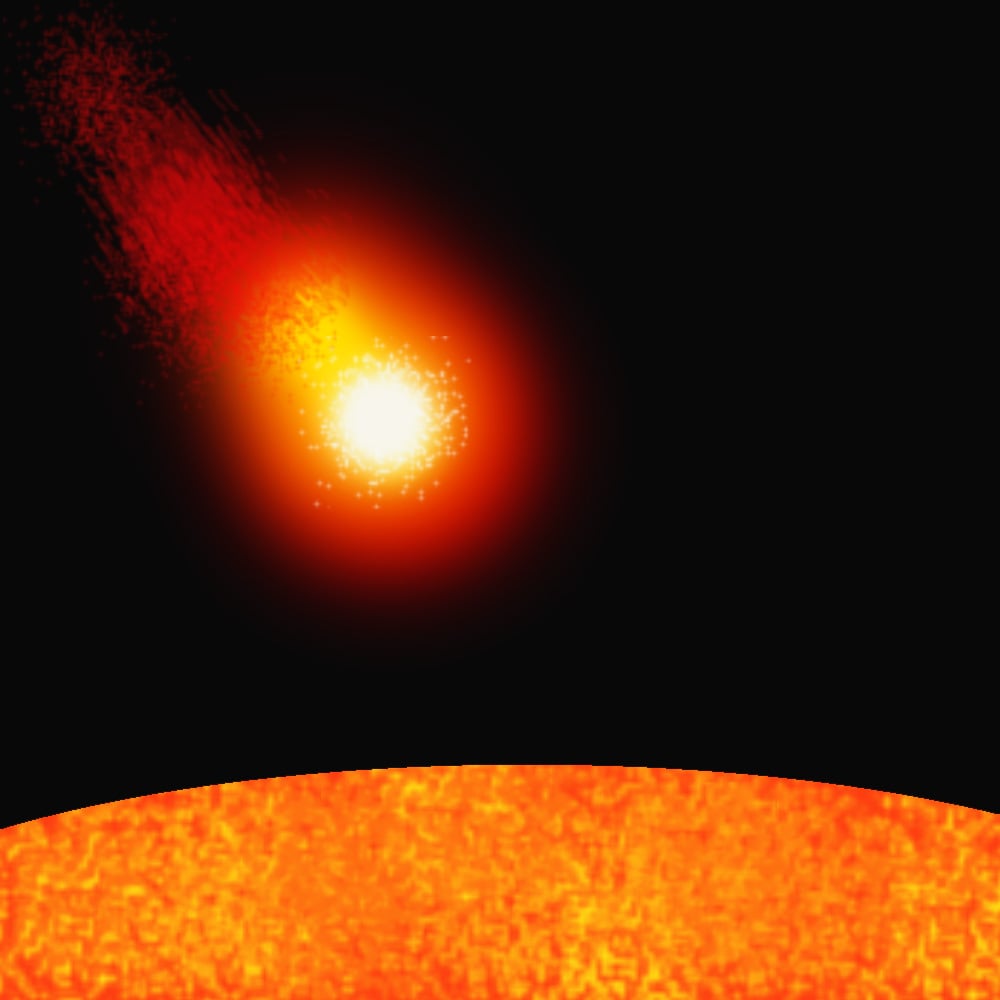Tag Archives: Earth
Life but not as we know it – for Keira and Heather wondering if we might be Martians changed into humans
Hello Heather and Keira,
Firstly, let me apologise for taking two weeks to reply to your question. It has been a very busy time working on a project for a choir but I now have two weeks before the next project starts so it's time to catch up.
I now have another post for you but it may be challenging to understand some of its content. I have found the more I learn, the more I realise how little I know. Checking ideas and information for you and others when I write a post can often challenge my understanding but its by challenging ourselves to understand we can learn.
Back on the "How did Earth begin?" post I tried to answer your challenge. Like all good enquiring minds, one idea can lead to another so, in the comments section, you added...
In one of the paragraphs, we noticed that you talked about possible life on Mars. Keira thinks that over time, the sun will come too close to Earth, and Earth might shatter. That might be a possibility. There is one problem though. Martians could have died, but Mars didn’t shatter. Do you think that WE are Martians CHANGED into human?
Our minds can be a very powerful weapon against ignorance when we have curiosity and a will to find answers. This is particularly important for science as it tries to find the answers to questions. As lovers of science, your curiosity can lead you in all sorts of directions. I know mine does as I try to find answers. Let's look at a simple answer...
Do you think that WE are Martians CHANGED into human?
It's possible.
Too quick an answer?
Let's put it this way, I'm not comfortable completely ruling out many ideas. It is possible first life on Earth came from Mars but I don't think it's likely.
Here's some mind blowing maths for you. Just say you shuffled a deck of playing cards and put four down on the table...
When you put down the first card, the chances of it being a 7 of Diamonds is 1 in 52 because there is only one 7 of Diamonds in a deck of 52 cards. To then put down a 3 of Clubs, the chances are 1 in 51 because there were 51 cards left. For the King of Spades, it's one in 50 and, for the 10 of hearts, 1 in 49. So what is the chance of dealing just those four cards in that order from any normal deck of cards...
The chance of dealing those exact cards in that order is only 1 in 6,497,400 ... (52 x 51 x 50 x 49 = 6,497,400). It's not very likely we would get those exact four cards in that order if we shuffled and dealt four cards again but it is possible. Of course, a magician or a card trickster could cheat to get the results over and over but then the cards aren't random.
This type of maths looks at probability, i.e. chances of something happening. If we only have one card and it's the King of Clubs, the chances of dealing a King of Clubs is one in one or 100%. The chances of dealing a 7 of Diamonds is zero in one or 0% because we don't have that card. Can't maths be amazing?
For really mind blowing maths, go to the end of this post where I work out the chances of dealing out all 52 cards in an exact order, at least if I have the maths correct.
Where Did Life On Earth Come From?
I know of two main ideas for the origin of life according to science.
1. The Primordial Soup
This idea suggests billions of years ago, chemicals became concentrated (thicker) in pools of water (the primordial soup). By chance, these chemicals were able to form amino acids (the basis of life including us). In time, they combined to make more complex compounds and eventually life. This process is known as abiogenesis.
The chances of life in this way would be seen as very unlikely but, if this process is correct, it did happen. Look again at the card example in "The REALLY Mind Blowing Maths" at the end of this post. The order of cards I dealt was very unlikely but it did happen.
2. Panspermia
Some theorists suggest life might have evolved elsewhere and was brought to Earth on meteorites (Panspermia). This might be better suited to the idea life on Earth started on Mars. If life had started on Mars, a meteor strike might have thrown Mars rock into space and it may have made it to Earth but, then again, life on Earth and Mars might have come from anywhere in space. Remember, if it was life, it would have been very simple, possibly single cells, not animals like us.
No, if you watch the video clip to the end, I don't believe aliens are experimenting with us. It is possible but very unlikely. 🙂
What does Ross think?
The first idea can explain how life itself could have started, whether here or somewhere else in the universe. The second suggests how life might have made it to many places in the universe. Think of it, life might have started in many places in the universe and been spread to the stars, or at least their planets.
Did Mars Once Have Oceans and Rivers?
One of the important resources for life as we know it is liquid water. There is evidence rivers, lakes and oceans once flowed on Mars but liquid water hasn't been seen on Mars. Much of the water was probably lost to space long ago. There is plenty of evidence water as ice is found at the Martian poles and growing evidence it is to be found in the rocks and soils so life may well exist there waiting to be discovered but don't expect anything like animals running around. It's very unlikely intelligent life ever existed on Mars but is likely life did and/or does exist.
You have questioning minds so I suspect you're wondering, what happened to the Martian oceans and rivers?
Here is a video looking at the way Mars may have lost much of its atmosphere...
You may have understood the idea energy from the sun (the solar wind) caused Mars to lose most of its atmosphere so you might wonder why this didn't happen here on Earth.
Why did Earth keep its thick atmosphere while Mars lost much of its atmosphere?
Let's first look at the photo I prepared for you. It's made by placing a magnet under a piece of paper then sprinkling iron sand over the paper.
The lines you can see in the sand help us see the magnetic field of the magnet. You can see the lines run from one end to the other of the magnet. The Earth also has a magnetic field because of its rotating iron core in its centre. The iron core helps create a much stronger magnetic field than on Mars. It protects us from much of the solar wind. Think it of a little like an umbrella in the rain.
Earth's umbrella (magnetic field) is stronger than that of Mars so we get better protection. Below is a NASA diagram showing the magnetic field of Earth. If Earth's centre cooled and slowed reducing our magnetic field or solar wind became stronger, Earth would also eventually lose much of its atmosphere.
Keira thinks that over time, the sun will come too close to Earth, and Earth might shatter. That might be a possibility. There is one problem though. Martians could have died, but Mars didn’t shatter.
Watch this video clip...
In this model of Earth's future, the Earth would eventually be pulled towards the sun and, in a sense, "shatter". Its matter would turn to plasma, a major part of the sun. I have shown Mars didn't lose much of its atmosphere because it shattered, it was lost because it didn't have a strong enough magnetic field to protect it in the way Earth is protected.
I found another video but it is harder for you to understand. It was made by a college student as an assignment looking at the life of the sun. At the stage where our sun becomes a red giant life would no longer be possible on Earth but we are looking billions of years into the future. In this model, it's not so much that the sun comes closer, it grows larger.
What will really happen in the Earth's future? Trying to find answers to what, how and why is the reason science is so interesting. We can observe, gather data, carry out experiments, discuss our ideas with others... When we have enough evidence, we can make an hypothesis (the next step up from an idea). If others find evidence supporting our hypothesis, it can take the next step and become a theory. Theories are the strongest ideas because they have much evidence to support them.
What's my idea about Earth's future? Perhaps when the sun starts threatening life on Earth, someone will press the reset button and the sun will return to a safer stage but that's even less likely than dealing the cards in the exact order below five times in a row. 🙂
The REALLY Mind Blowing Maths
Okay, the card maths at the beginning of this post seems mind blowing but it gave me an idea. If I was to deal out all 52 cards from a shuffled deck...
then shuffled the cards and asked you to deal them out in that same exact order, what would the chances be of dealing all 52 cards out one at a time in exact order without cheating or using magician tricks? Here would be the calculation...
Chance of dealing all 52 cards in an exact order = 52 x 51 x 50 x 49 x 48 x 47 x 46 x 45 x 44 x 43 x 42 x 41 x 40 x 39 x 38 x 37 x 36 x 35 x 34 x 33 x 32 x 31 x 30 x 29 x 28 x 27 x 26 x 25 x 24 x 23 x 22 x 21 x 20 x 19 x 18 x 17 x 16 x 15 x 14 x 13 x 12 x 11 x 10 x 9 x 8 x 7 x 6 x 5 x 4 x 3 x 2 x 1
and what answer did I get?
The chances are one in ~80,658,200,000,000,000,000,000,000,000,000,000,000,000,
000,000,000,000,000,000,000,000,000.
In maths, the tilda (~) is used to mean approximately (about).
The chances of dealing all 52 cards in an exact order is so small most would think it's impossible but I had done it the first time and, by chance, you might be able to do it but it isn't very likely. 🙂
How did the Earth begin? – A challenge from Heather and Keira
I had written a post on plate tectonics and continental drift for Mrs. Yollis and her class. Two students, Heather and Keira, challenged me to explain how the Earth began. This post is an attempt to provide an explanation according to my understanding of the science. To see the comment and challenge, click the link and scroll down to the comments.
Plate tectonics and our dynamic continents
How Did the Earth Begin?
Dear Heather and Keira,
There are so many stories of how the Earth began if we look though the amazing cultures in our world. It would be remiss of me not to mention one or two. Because of my home and yours, I have chosen stories from the native people of Australia and North America.
The Aboriginal People of Australia
Many people think there was one Aboriginal (native Australian) culture and one language but, before the coming of European colonists, there were many, many of those cultures now lost. One of the best sites I have seen comes from the Yolngu people of Ramingining in the northern part of Central Arnhem Land in Australia's Northern Territory.
For one of their creation stories, click the link Twelve Canoes and wait for the site to load. The picture below will appear. Once loaded, click on the picture indicated by the arrow to see a creation story.
This graphic should not be copied.
I think you will find many interesting things on this site as well as one of their creation stories.
Native American People
I found the following You Tube clip telling the story of creation of the Earth through the traditional beliefs of three Native American tribes, the Iroquois, Seminole and Cherokee.
This embedded You Tube clip is not my video.
Let's now start looking at what science is finding...
Let's start with some word learning. You have had many ideas in your life but have you ever heard someone say they have a theory? Many people confuse "idea" and "theory".
A scientist has an idea after looking at the information available through study or research and proposes an explanation for what has occurred. Other scientists look at the conclusions and test the idea against other data or new information. This may lead others to agree with the idea. With other scientists agreeing and available evidence supporting, the idea becomes a theory. Science is a path to discovery. We learn more and more about how things work.
Did you know up until a few hundred years back people thought the Earth was the centre of the universe and all of the stars, planets and our Sun orbited around us? This idea is called Geocentric.
A Geocentric View of the Universe
This drawing is based on a map by Bartolomeu Velho (1568)
Schools and students have permission to use this graphic for non-commercial, educational purposes.
A second geocentric model has Earth at the centre of the universe. The other planets orbit the sun and the sun and all the planets orbit the Earth.
It wasn't until about the 1500s more and more evidence was being gathered to show Earth isn't at the centre of the universe. It is a planet orbiting our Sun and now we know our Solar System is towards the outer edge of a double spiral galaxy we call, The Milky Way. We also know our galaxy is one of very many, probably billions, in our universe. We know this because of what scientists have been able to observe and because of the theories arising.
Watch the below video to see an explanation of what is thought to have happened to form our planet and others in our Solar System. Remember, you can click on the small box symbol on the bottom right of the video to watch full screen.
Now let's look at the information in the video
* About 9 billion (9,000,000,000) years after the universe was born a massive start went Supernova - A supernova is an explosion of a star. It might have been caused by the collapse of the massive star's core. Radiation, energy and stellar dust explodes out from the collapsed star. Back in 1987, we were able to look into the sky and see a supernova astronomers named SN 1987A. Where once nothing could be seen, a star bright enough to be seen without a telescope had appeared. It is said to be 167,885 light years distance. This means the light took 167,885 years to reach us. The supernova happened a very long time ago.
* Gravity began its work on regions of the massive dust "cloud" sent out. The "cloud" particles started to gather. Pressure and heat increased. Our Sun was being formed.
* The temperature increased to about 10 million (10,000,000) C or about 18,000,032 F. About 4.5 billion (4,500,000,000) years ago our sun lit up.
* The Sun used much of the "cloud" leaving only 0.1%. Look at this picture. Imagine the cloud was made up of 1000 students in a school. 999 of them would go to make up the Sun. Just one of them would be left to make all of the planets and asteroids in the Solar System. The little guy in red looks a little lonely. 🙂
Schools and students have permission to use this graphic for non-commercial, educational purposes.
* The left over material was caught in the pool of the Sun's spinning motion. The left over material was spinning (orbiting) around the sun. The spin and gravity of the sun was drawing the material into rings (like Saturn's gravity has drawn material into rings around it). The way the material was orbiting the sun stopped it from being pulled into the Sun. I know this can be hard to understand so look at the next graphic I have prepared.
Imagine you are the Sun. You have a long, strong elastic attached to a tennis ball and you are spinning it around your head.
The ball is orbiting you. The elastic is your gravity trying to pull the tennis ball to you. The tennis ball is one of the planets. If the movement of the ball slows, the elastic draws it closer. If the ball moves faster, the elastic stretches further. Yes, in case you wonder, if the tennis ball was instead a basketball, the amount of stretch would be bigger.
Jupiter is said to be 317 more massive than the Earth. Imagine trying to spin 317 tennis balls on the end of the elastic. You wouldn't need to spin the balls as fast to keep the elastic as stretched as one tennis ball. Our Earth takes one year to orbit the Sun (that's what a year is, the time it takes our Earth to go once around the Sun). Jupiter takes about 12 years. If you could spin the tennis balls fast enough, the elastic would break and "Jupiter" would sail off into space.
Schools and students have permission to use this graphic for non-commercial, educational purposes.
* The debris in the rings around our sun started to collide and come together to form larger masses. Their journey to becoming planets had started.
Have you heard of the asteroid belt between Mars and Jupiter? This ring of debris wasn't able to form a planet because it was being pulled from two sides, the Sun and Jupiter, the largest of our system's planets. Our ring was able to produce a planet which is fortunate for us or I wouldn't be writing this.
* From 4.8 to 3.5 billion years ago (4,500,000,000 to 3,500,000,000 years ago), the Earth was being bombarded from space. Combined with this bombardment, radioactive elements and pressure, Earth became a molten furnace. Heavier minerals like iron and nickel sank into the core and lighter minerals rose to the surface.
Schools and students have permission to use this graphic for non-commercial, educational purposes.
You have probably seen how certain things float while others sink. If you drop stones or pieces of metal into a container of water, they sink to the bottom because they are heavier. Put in olive oil and it will float to the top.
* Around this time a large object about the size of Mars collided with our early Earth. Part of the collided matter broke off to eventually become our moon. The Moon at first was much closer to our planet.
Remember the elastic experiment? Earth's "elastic" isn't quite strong enough so it is gradually "stretching" but the Moon isn't expected to break away, just reach a distance where there is a balance but this is billions of years into the future so we needn't worry.
* Because of all of the heat and volcanic activity throwing out gases, Earth's atmosphere was mostly nitrogen, water vapour and carbon dioxide. We couldn't have survived the heat let alone the poisonous atmosphere.
* As the bombardment of debris from the creation of the Solar System reduced, Earth's surface started to cool. Water vapour cooled and the first ancient ocean formed. The cooling crust of the Earth formed the first land, Pangaea. Remember the layers of the Earth?
Schools and students have permission to use this graphic for non-commercial, educational purposes.
In the final video clip at the end f this post you will hear it said, if the Earth were a basketball, the crust would be thinner than a piece of paper on its surface yet that's where we live.
* The Earth had an atmosphere and water, conditions needed for the first life but that is another story.
Are there any other systems with planets or are our Solar System planets the only ones? Is there life on other planets in our universe?
I have a favourite quote from a man called, Carl Sagan. He was an astronomer, astrophysicist, cosmologist and author. He wrote a novel named "Contact". The quote comes from his book...
"The universe is a pretty big place. If it's just us, seems like an awful waste of space."
Many people had suspected other stars would have planets but it wasn't until 1988 the first planet outside our Solar System was found. Before this we simply didn't have the technology to do this. Now the possibility of around 2400 planets outside our Solar System are being investigated. It would seem planet formation as is said to have happened with our system is much more common that we had thought. You know I like numbers so look at this...
If there were only 1 billion galaxies in our universe each with 1 billion star, then there would be...
1,000,000,000,000,000,000 stars
(one quintillion stars)
Just say of these only 0.1% (like the amount of material left when our sun formed) had planets, then there would be...
1,000,000,000,000,000 stars with planets out there.
That is one quadrillion stars with planets.
Now just say of these only 0.0001% of the planets had life (that is not 1 out of a 1,000. It is 1 out of a million), then there would be...
1,000,000,000 planets with life.
That is one billion planets with life.
But there are probably many more than a billion galaxies in our universe and I suspect life is much more common than the above but reaching planets outside our Solar System to find life doesn't seem likely because of the vast distances between the stars and far greater between galaxies.
As you know, NASA has the Curiosity rover on Mars. Latest news shows it has found rocks on Mars have some of the chemicals necessary for life - sulfur, nitrogen, hydrogen, oxygen, phosphorus and carbon. If we find evidence of life on Mars or that it once existed, we have proof we are not alone but don't expect Martian people. If life is found it will most likely only be something like bacteria.
Early Earth & Plate Tectonics
This one talks of the possibility of a number of land masses forming over time and gives them names. This is quite possible but I am happy enough with just Pangaea unless I find further evidence. The clip does show you how our Earth is protected from harmful radiation from our sun by it's magnetic field caused by our rotating liquid iron outer core. Mars's interior cooled a very long time ago. Solar radiation shed much of Mars's atmosphere but Earth has been protected. Our volcanoes, tectonic plates and earthquakes show us our world is still very active and I am thankful it is.
This embedded You Tube clip is not my video.
New Video Clips to Watch
(added: March 24, 2013)
When checking through You Tube, I found this clip showing an animation of the Big Bang, and the beginning of our system, the Sun, Earth and Moon. This clip has nothing to read just images to watch as billions of years pass.
This embedded You Tube clip is not my video.
You know our Sun is much larger than the Earth. It's said it would take about a million Earths to make the size of the Sun but is our Sun a very big star? I found this video clip to show our Sun is so much smaller than the largest known star. This video clip shows just how tiny our Sun is compared to some other suns (stars).
This embedded You Tube clip is not my video.


